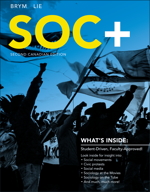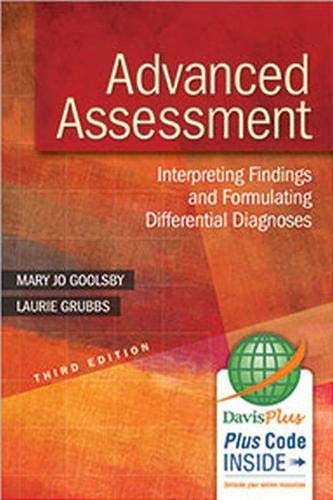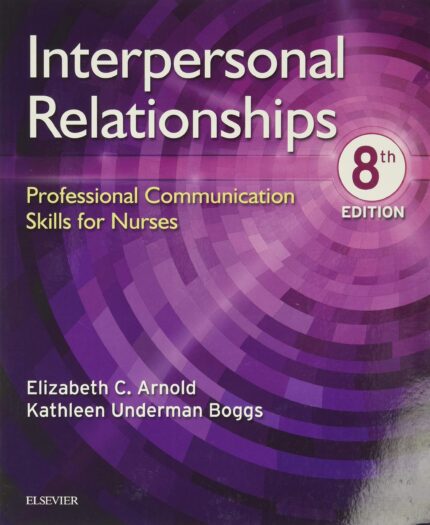SOC Plus 2nd Canadian Edition – Test Bank
Chapter 4—From Social Interaction to Social Organizations
MULTIPLE CHOICE
1. According to the textbook, which of the following people is most likely to laugh more in a conversation?
|
a. |
Alice, a 20-year-old woman, in conversation with Robert, a 30-year-old man |
|
b. |
Robert, a 30-year-old man, in conversation with Alice, a 20-year-old woman |
|
c. |
a child, in conversation with an adult |
|
d. |
an adult, in conversation with a child |
ANS: A PTS: 1 REF: Page 75 BLM: HIGHER ORDER
2. Tony is having a conversation with his boss, Peter. Peter tells a story that Tony has already heard several times. At the appropriate point in the story, Tony laughs, even though he knows the ending of the story. What does a sociological analysis of this social interaction show?
|
a. |
gender role influences |
|
b. |
social structural patterns of dominance and subservience |
|
c. |
the operation of group cohesion |
|
d. |
collective forces |
ANS: D PTS: 1 REF: Page 75 BLM: HIGHER ORDER
3. Laughter is not as spontaneous as people might think. What does a sociological analysis of laughter show?
|
a. |
gender role influences |
|
b. |
social structural patterns of dominance and subservience |
|
c. |
the operation of group cohesion |
|
d. |
collective forces |
ANS: B PTS: 1 REF: Page 75 BLM: REMEMBER
4. What is the term used for the three building blocks of social interaction?
|
a. |
values, norms, and beliefs |
|
b. |
norms, roles, and statuses |
|
c. |
primary groups, secondary groups, and social categories |
|
d. |
bureaucracies, groups, and collections |
ANS: B PTS: 1 REF: Page 76 BLM: REMEMBER
5. What is the term used for a recognized position in an interaction?
|
a. |
norm |
|
b. |
status |
|
c. |
role |
|
d. |
station |
ANS: B PTS: 1 REF: Page 76 BLM: REMEMBER














Reviews
There are no reviews yet.